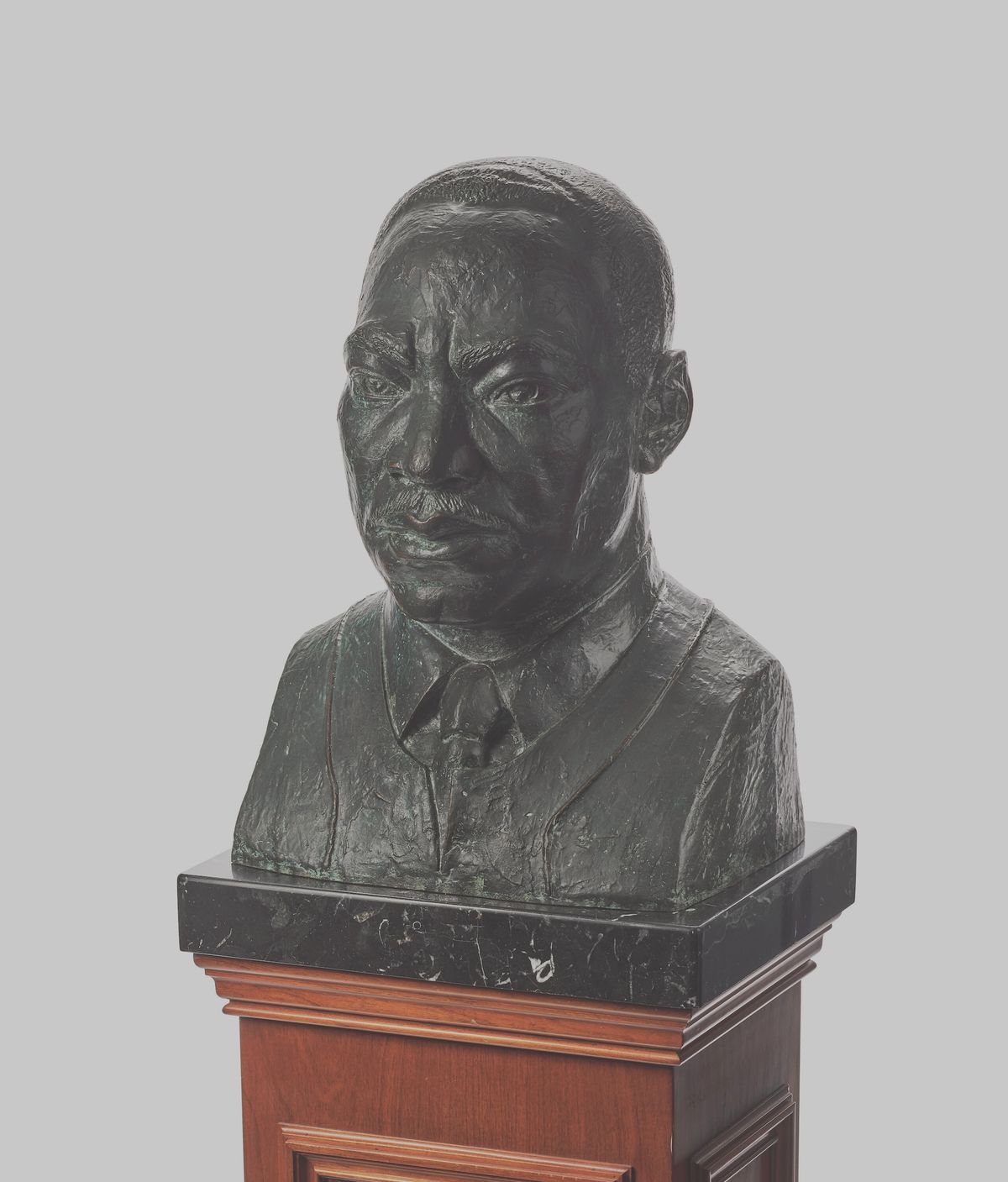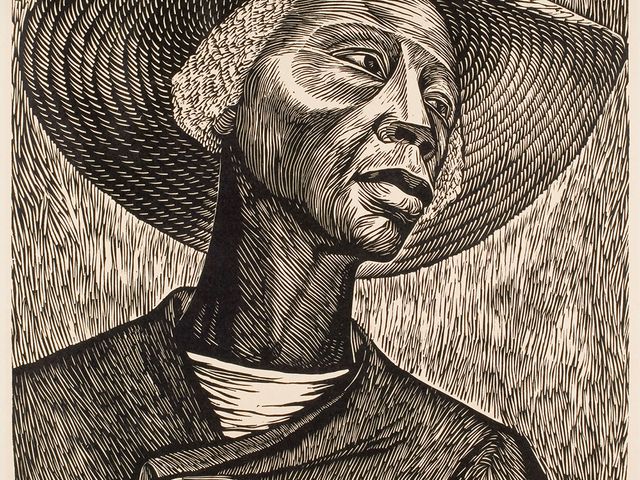The Fine Arts Museums of San Francisco (FAMSF) recently acquired a bronze bust of Martin Luther King Jr by the late artist Elizabeth Catlett (1915–2012). Titled Dr. Martin Luther King, Jr. and created in 1984-85, the sculpture will be on public display for the first time ever at the de Young Museum beginning 18 January, two days before this year's Martin Luther King Jr Day, a US federal holiday.
“Elizabeth Catlett is among the most consequential American artists of the 20th century, whose groundbreaking sculptures and prints bear witness to her lifelong advocacy for Black Americans and other historically marginalised communities,” Thomas P. Campbell, the director and chief executive of FAMSF, said in a statement. “The bust encompasses a fascinating history that will significantly expand our ability to speak to Dr King’s enduring impact on American life, and the politics involved in how he has been memorialised in public art.”
Albeit primarily an artist, Catlett was a Civil Rights leader in her own right. Her protests (and alleged links to communism) led her to be declared an “undesirable alien” by the US government after she moved to Mexico. This even though she was born in Washington, DC—her grandparents had been enslaved.
Catlett made the King bust for a National Endowment for the Arts competition that would see a sculpture commemorating King placed in the rotunda at the US Capitol, the first portrait of a Black person in a federal building. She was one of three finalists, and although her work was greatly appreciated by the judges, Catlett ultimately lost to the Boston artist John Wilson, whose work is still on view inside the rotunda.
Catlett’s King sculpture was previously owned by Reverend Douglas E. Moore and Doris Hughes-Moore. Moore, who organised one of the first sit-ins of the Civil Rights era, was King’s classmate at Boston University in the early 1950s.
This is the third Catlett work acquired by FAMSF. The other two are the 1947 linoleum print I’m Sojourner Truth, I Fought for the Rights of Women, as Well as Blacks and the 2000 mahogany sculpture Stepping Out. King’s bust will be fittingly placed near the Jack Levine 1963 painting Birmingham '63, which commemorates the important protests that King and others led in Alabama that year.



